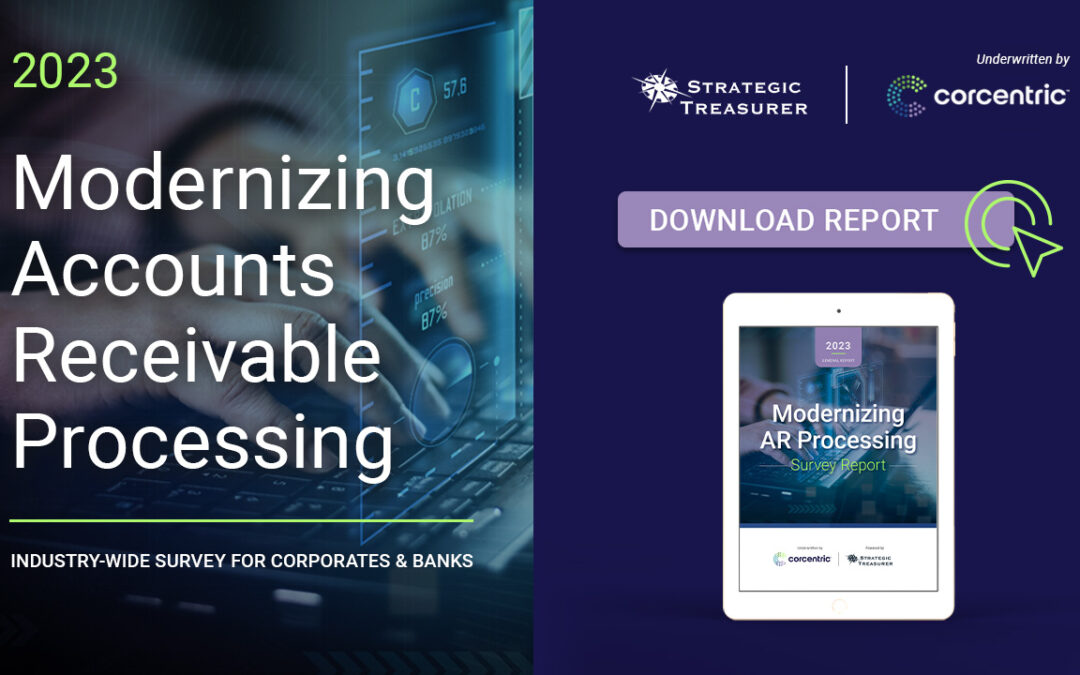
by Brian Weeks | Jan 24, 2025 | Replays, Webinars
As more businesses and financial institutions look to expand and optimize their portfolios, they are seeking ways to better understand their customer base and to reach them more effectively. To accomplish this, many are choosing to offer their AP and AR solutions together. This webinar will explore the possibilities of automating both AP and AR in an intentional and integrated way. Topics addressed will include the difference between activation and implementation, the benefits of offering open and connected payment platforms, the industry trends supporting this transition, and how tailored solutions help you better serve your customers.

by Brian Weeks | Dec 18, 2023 | Replays, Webinars
Treasury has a heavy focus on ensuring the organization has adequate liquidity. Accounts receivable (AR) plays a vital role in ensuring cash is collected quickly and consistently. The abilities of the order-to-collect team to 1) make better credit management decisions, 2) speed up collection activities, and 3) process payments more accurately and efficiently drive better results for both AR and treasury. This webinar discusses how the AR function can and must help deliver on the overall financial commitments that are needed to reach the working capital and liquidity targets of the organization.

by Brian Weeks | Nov 13, 2023 | Replays, Webinars
AR has a direct impact on the cash conversion cycle, which is a key area of focus for treasury. Managing days sales outstanding (DSO) is both a measure of efficiency and a way of tracking cash usage at month-end, and treasury cares about DSO as well as liquidity throughout the month. Treasury and AR must work together thoughtfully in order to improve cash management operations, optimize cash flow, provide accurate forecasting numbers, and support an organization’s growth with grace. This fast-paced webinar will give practical ways for these two finance areas to collaborate on improvements.

by Elizabeth Jeffery | Oct 18, 2023 | Press Release
[Atlanta, GA] — Strategic Treasurer and Corcentric recently released the results of the Modernizing AR Processing Survey. Results show a potential disconnect between corporations and their banks, rising concerns over receivables fraud, ongoing movement in lockbox locations and providers, and more.

by Elizabeth Jeffery | Sep 20, 2023 | Survey Results, Survey Results Reports
Survey Results Modernizing AR Processing This survey, underwritten by Corcentric, looked at various practices and plans for modernizing and automating AR processes. The influence of recent disruptions, calibration of various pain points that drive change, and other...





